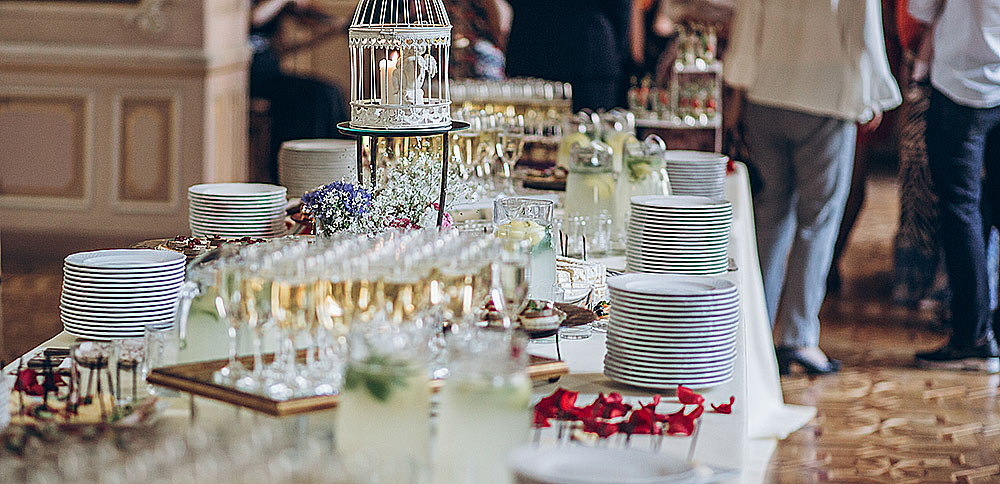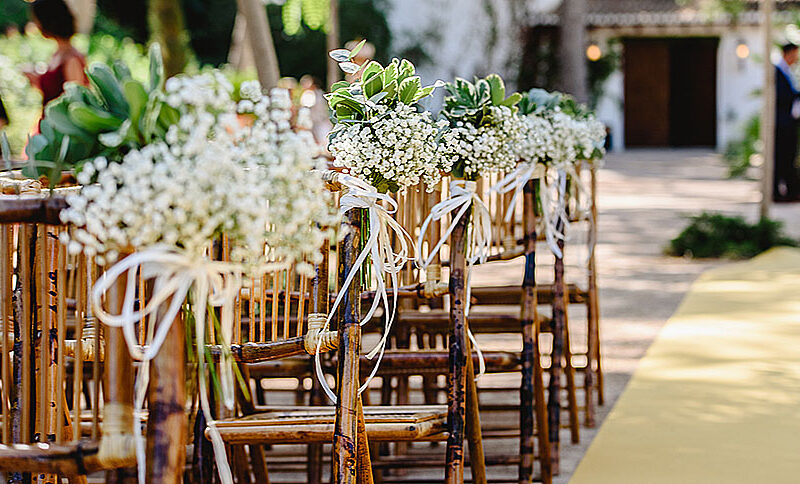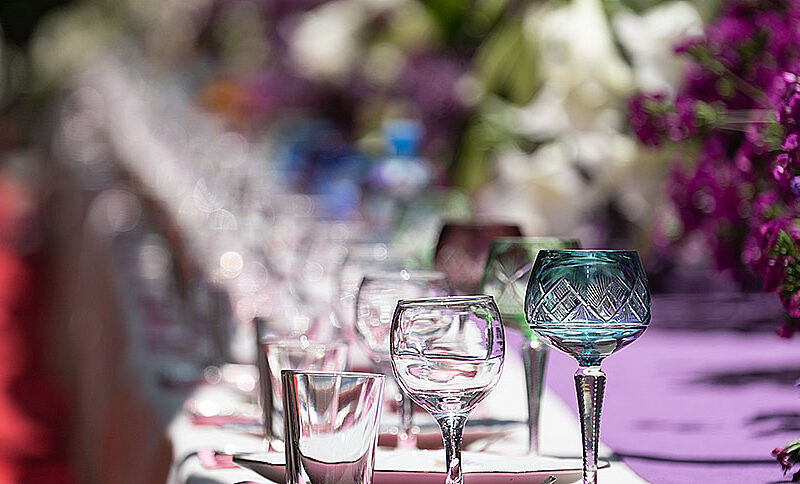A casino-themed night works because people loosen up, talk, and try their luck together. When you bring in casino table rentals, you give guests a shared reason to mingle, not just stand and chat. The felt, chips, and dealers turn a quiet hall into a lively room where conversation and competition happen side by side. Strong planning helps you decide table count, game mix, and how to time the evening so the energy rises without crashing. Keep the tone easy, the rules clear, and the stakes purely for fun. The goal is not to recreate Vegas; the goal is to create a safe, social space where teams connect, clients relax, and brand stories glide across the room like cards on fresh felt.
Why casino games spark real engagement
Card and wheel games invite quick starts and short rounds, which means people rotate often and meet new faces. Natural interaction happens at the rail, and quiet guests find a role without pressure to perform. Because the outcomes are chance-based, there is low risk to reputation, and wins feel accessible to everyone. Add a simple scorecard or charity chip exchange to give purpose to the play, and you’ll see engagement rise across departments and seniority levels. A well-timed dealer callout or prize reveal keeps the crowd moving. The table becomes a stage, but the star is the group. When attention drifts, a change of game or quick side challenge lifts the mood again.
Pick the right mix of tables and limits
A good spread balances crowd size with game speed. Fast games like blackjack handle more players per hour, while roulette builds suspense and draws spectators. Poker needs fewer tables but deeper time, which suits VIP corners or late-evening play. Keep limits low so everyone can join, and use color-coded chips to mark standing prizes or team contests. If the brief is team building, create mixed tables so departments blend. If the brief is client hosting, set gentle rotation rules to prevent long holds. Match felt colors to brand palette where possible, and keep backup decks and extra chips handy to avoid pauses.
Tie theme, décor, and DJ cues together
Lights, music, and signage should all point to one clear idea: playful elegance. Use clean table skirts, crisp dealer attire, and tasteful props only where they help the story. Avoid clutter that fights with sightlines in the event. Place the DJ near, not on top of, the action, so requests are easy and volume is comfortable for talk. Well-chosen branding touches—chip labels, welcome cards, and backdrop—carry the message without shouting. Aim for a warm, even glow rather than harsh beams; guests need to read cards, catch smiles, and feel seen. The sound track shifts from arrival grooves to game-night classics as the room fills, then softens during any remarks.
Staff for speed, clarity, and warmth
Great dealers do more than deal. They teach in seconds, keep rounds brisk, and celebrate small wins so newcomers stay at the table. Build a short run-of-show that tells each dealer when to invite fresh players and when to pitch the next mini-challenge. Offer a one-page cheat sheet for common rules and hand values, because confidence keeps play moving. Place a floor lead with a radio to handle chip swaps, table moves, and quick fixes. Strong training before doors open saves you from slow starts and awkward stops. A friendly greeting, a simple explanation, and a quick demo round will turn onlookers into active players.
Make AV the invisible glue
Clear announcements, smooth background music, and sharp projection keep the event on track. In many rooms, a compact sound system and confident mic work will beat a large rig used poorly. Mid-evening, plan a reset where the host thanks guests, posts leaderboard updates, or frames a charity twist. Use screen loops for sponsor logos, table rules, and prize teases. When you rent gear, align delivery, setup, and strike with your venue windows and security needs. Services like Audio Visual Rentals Maryland help you scale mics, speakers, and displays without overbuying. Good lighting is quiet but powerful: it draws people to games, keeps faces visible, and makes photos look rich without glare on the felt.
Map the floor for flow and comfort
People follow space cues. Place registration near the entrance, then guide guests past a photo moment and a welcome drink before they hit the tables. Keep wide aisles between layouts so servers can move cleanly and wheelchairs pass easily. Cluster fast-play stations near bars to absorb foot traffic, and set slower games in calmer corners for deeper chats. Avoid long lines by adding a floating host who steers newcomers to open seats. Mark table names on tall, readable signs so navigation is quick. Reserve a quiet pocket for calls or quick meetings; this respects business goals while protecting the game footprint. Smart wayfinding and comfort keep the energy steady.
Weave food and drink into the action
Felt and glass do not mix, so design with trays and side rails in mind. Pass small, tidy bites that are easy to eat with one hand, and place cocktail shelves behind players so chips stay clean. Time your food waves around key moments: a welcome toss as doors open, a hearty mid-event bite, and a sweet finish before prizes. Coordinate with the DJ so the vibe shifts gently during service rather than stopping the room. Clear signage on dietary notes saves guests from doubt. A calm service rhythm keeps tables active and conversations smooth, while bar stations just off the gaming zone prevent crowding and preserve play tempo and focus.
Budget smart and prove the value
Start with outcomes, not items. Are you courting clients, bonding teams, or fundraising? Allocate spend to what supports that aim. Tables and dealers are your core; AV and décor refine the feel; prizes and photography lock in memories. Track per-guest cost and the number of quality conversations logged by hosts or team leads. Short surveys capture “likelihood to attend again” and “met someone new” metrics. Tie meeting follow-ups or closed deals back to event attendance. This shows true ROI and protects the budget next season. Keep a clean wrap doc with vendor contacts, timelines, what ran hot, and what dragged, so the next run starts ahead of the curve. Collect feedback and photos the same night while details are fresh.
Mind compliance, prizes, and insurance
Many jurisdictions allow casino-style play when chips have no cash value and prizes are raffled, not wagered. Confirm venue rules, host policies, and local guidelines early. Post clear “for entertainment only” notices at each table and in your program. If you run a charity angle, gather required confirmations and keep receipt flows clean. Choose prizes that fit the culture; experiences beat bulky swag and keep the mood generous. Ask vendors for certificates of insurance and share venue requirements in advance. A simple risk register covers trip hazards, power runs, and crowd surges. Good liability planning and tidy permits never show in the photos, but they protect the night from surprises and let everyone relax.
Conclusion
End strong, on time, and with gratitude. Ten minutes before close, have dealers announce last hands and encourage players to turn in chips for entries or points. Cue the host for thanks, sponsor notes, and prize reveals, then soften lights and let the DJ land on an easy classic. Send guests out with a small keepsake that echoes the theme—a branded deck sleeve or a chip-style token works well. Share photos within forty-eight hours and invite feedback with a short link. If you want a steady partner for future casino nights, look for an event production company MD that listens first, respects constraints, and delivers repeatable results. When the planning is thoughtful and the details are kind, the room feels human, the play feels fair, and people are still talking about the night long after the last card is dealt.


